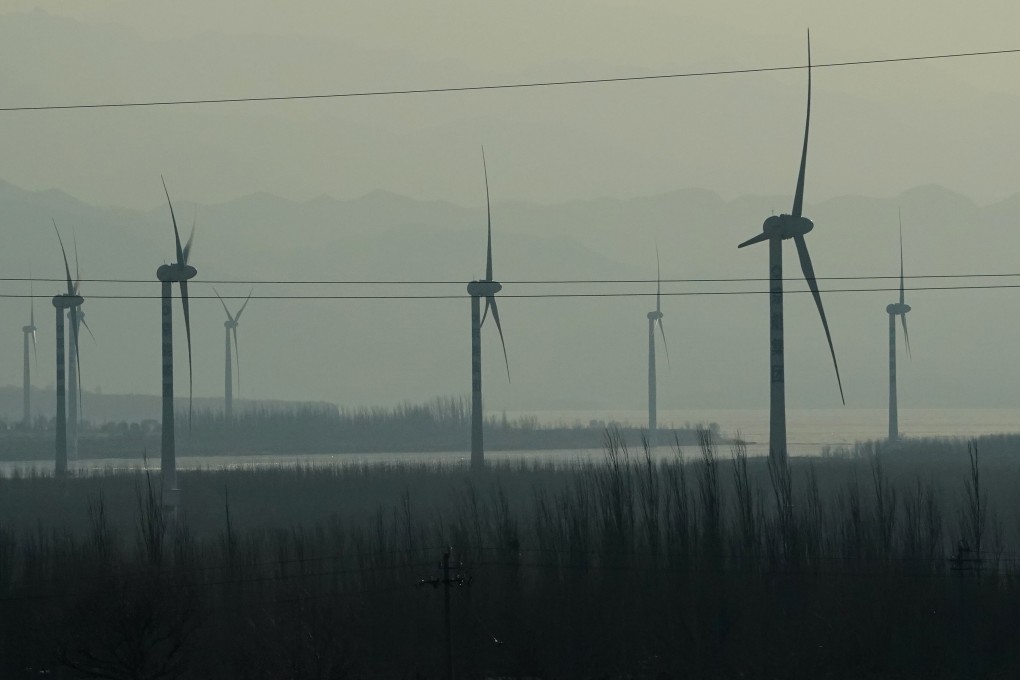Why safe and sustainable energy storage is key to China’s climate goals
- As the country shifts to renewables to cut carbon emissions, it will need to find ways to reduce volatility, insiders say
- Energy storage can help supply meet demand but cost and safety are barriers

Safety standards and a sustainable business model will be crucial to China’s energy storage sector, which is on track to grow tenfold in five years as the country seeks to cap greenhouse gas emissions, according to industry insiders.
Those sources are volatile and can lead to instability in the distribution system, a problem that could be remedied with more energy storage, according to Cui Shaosen, marketing manager at manufacturer Shenzhen Hopewind Electric.
“China’s climate targets have made it clear that the country’s renewable energy will transit from an auxiliary power to the main source of energy,” Cui said on the sidelines of an Energy magazine conference in Beijing on Friday.
“But due to the characteristics of solar and wind, such as their volatility and randomness, developing energy storage is a must.”

02:38
China launches world’s largest carbon-trading scheme as part of 2060 carbon neutrality goal
Energy storage comes in different forms – such as batteries and water reservoirs – and is used to reduce the imbalances between energy supply and demand.